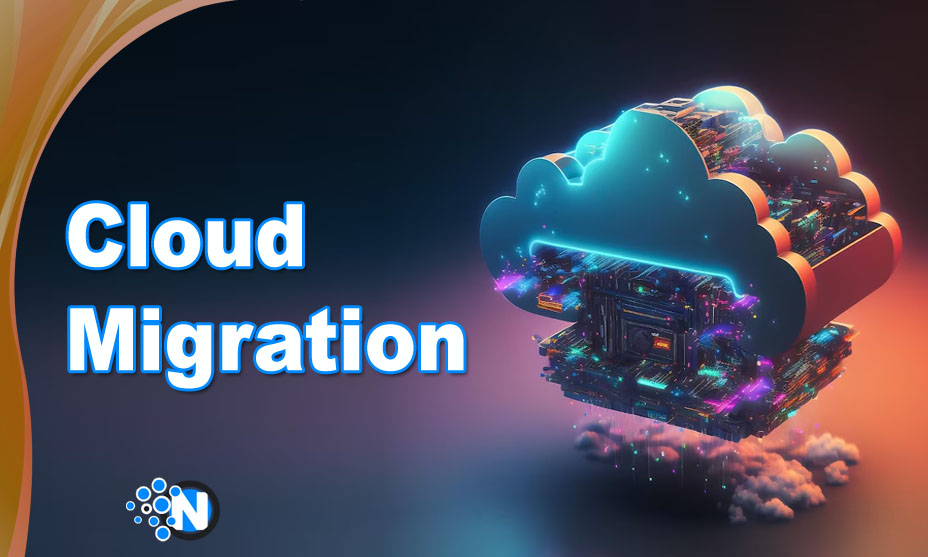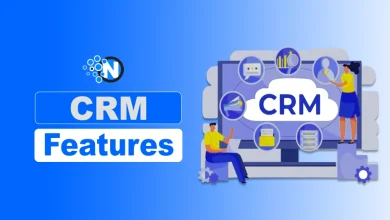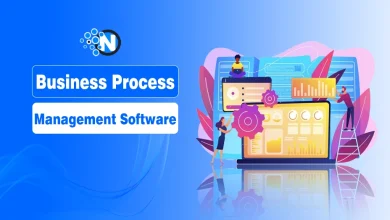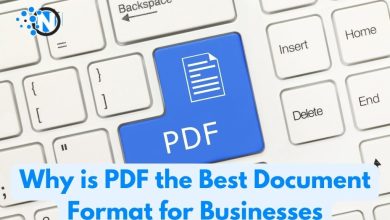Top Strategies for Seamless Cloud Migration Success

Cloud migration now becomes an absolute requirement for companies and organizations to leverage benefits like improved flexibility and cost-efficiency. Furthermore, you can have your hands on the scalable infrastructure that seamlessly accommodates the latest innovations and ensures you take down your competitors. However, a successful migration is only possible when you build a comprehensive strategy and implement it perfectly. Otherwise, there will be no chance of getting advantages associated with it. In this guide, we will help you learn about the top strategies for seamless cloud migration success.
What is Cloud Migration?
Cloud migration is a process of using the potential of cloud-based services instead of traditional infrastructure to manage and organize digital assets, like data, IT processes, and applications. As a result, you can move from localized servers to remote servers, helping you to scale globally without facing any restrictions. Moreover, you can bring flexibility to your working model, making it more cost-effective and paving the way to access advanced technologies. With the help of cloud computing and migrating all your digital assets to it, you can allocate your resources in a much better way and optimize their accessibility and usability. Ultimately, it improves the overall efficiency and innovation of your organization.
Strategies for Seamless Cloud Migration
In the under-section, we have enlisted some points depicting the tactics and strategies you can opt for to achieve success during cloud migration.
1 – Comprehensive Planning
Firstly, comprehensive planning is required for successful cloud migration. You must assess the current infrastructure to determine the critical aspects that should be transitioned first from local servers to remote. In this way, you can minimize the downtime. Also, it is crucial to determine the goals and objectives of this process alongside the risks to ensure that you can have your hands on the desired outcomes without facing many difficulties.
2 – Choose the Right Cloud Service Model
Secondly, you should look for the appropriate cloud service model after evaluating its advantages and disadvantages. Consider the requirements of your company to decide which will serve as the best choice for you. Additionally, you should take essential care of factors like compliance requirements, level of control, and data sensitivity. Generally, IaaS, PaaS, and SaaS models are widely popular across the planet. They can provide fully functional applications without the need for proper infrastructure management, reducing the burden to a great extent.
3 – Data Migration Strategies
Next, it is necessary to create a fully comprehensive and functional data migration strategy to ensure that all the data and information from local servers and computers are transferred to remote computers managed by third parties. You must categorize the data into different segments to perform this activity effectively. Prioritize the migration of sensitive information to more secure vaults to ensure that no harm will be delivered to the integrity of your organization. Similarly, you can migrate the other datasets.

4 – Application Migration Strategies
Applications are also an essential part of the business functioning strategy. Therefore, a proper migration strategy must be opted for to transfer them to the cloud setups. You can consider the containerization technologies like Docker and other orchestration tools such as Kubernetes. These containers can provide a consistent application environment to guarantee easy deployment and scaling in the cloud infrastructure. Also, you can work on a lift-and-shift approach for more comprehensive outcomes.
5 – Integration and Compatibility
Another important tactic to obtain a successful cloud migration experience is the integration of an Application Programming Interface (API). Generally, APIs enhance the collaboration between different components to allow for smooth data exchange. Hence, it improves the functionality of your business working model. In addition, you can conduct compatibility testing to identify any flaws and resolve the issues. The major areas to test are application dependencies, third-party integrations, and network configuration.
6 – Security and Compliance
The world is progressing at a breakneck pace because of the evolution of the latest technological equipment and tools. Further, artificial intelligence and machine learning algorithms have delivered exceptional working capabilities to organizations. However, they have opened the doors to new security threats. Online hackers can use AI-powered tools to decrypt any working model with the help of a slight vulnerability. That’s why you must consider this point when leveraging the potential of a cloud service. Check its security standards to ensure it is highly secure and complies with the security checkmarks.
7 – Monitoring and Optimization
Cloud migration is not a simple task and requires careful consideration throughout the activity. Therefore, you need to implement monitoring tools to track this activity continuously. Also, you can leverage the potential of analytics to understand the performance level of the applications in real-time. This strategy enables you to identify the critical downparts proactively, and thus, you can take the proper steps to eliminate them for better functioning and operation capabilities. Regularly review the migration process to optimize resource allocation and grab the maximum perks of cloud services.
8 – Employee Training
When shifting from traditional infrastructure to a new cloud environment, the employees will face critical issues in working and managing tasks. To overcome this challenge, you must invest in a proper training program for employees to familiarize them with the new cloud environment. By training them on cloud services and helping them practice best security measures, you can prepare valuable assets for your business that can serve you longer. Also, you can implement change management processes to communicate the changes with your workers more significantly and precisely. This will minimize the resistance incredibly and enhance the overall adoption process.
Final Verdicts
A successful cloud migration strategy requires comprehensive planning and careful consideration of the critical steps. Otherwise, you will not be able to grab the desired results. By determining the goals and objectives and leveraging the potential of the right cloud-based tools, you can streamline the process of data and application migration. However, it is crucial to understand the compatibility of applications with cloud services along with security compliances. It helps you learn about the critical challenges and work to eliminate them proactively.




